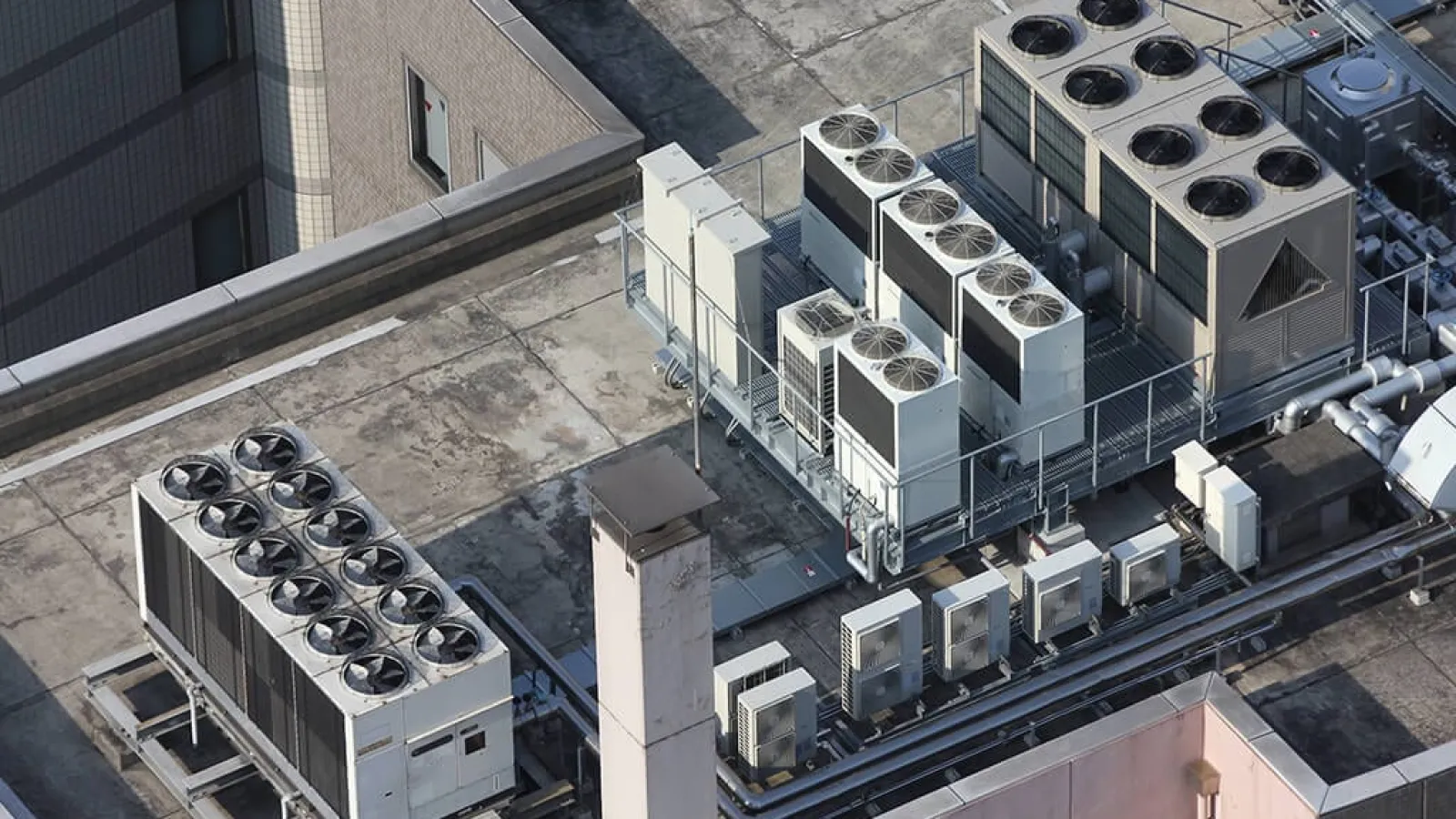Proper indoor air quality management is crucial for the comfort, health, and safety of your building and its occupants. That's why, in this article, we provide an overview of the top signs of poor indoor air quality and how to rectify them.
So, if you want to improve your building's indoor air quality, know these top signs of poor indoor air quality in the sections below:
Good vs. Poor Indoor Air Quality
Indoor air quality (IAQ) affects your health, comfort, and ability to work. According to OSHA, good IAQ should include comfortable temperature and humidity levels, frequent access to fresh outdoor air, and minimal pollutants. Poor IAQ can have short-term effects, like coughing or sneezing, or long-term effects, such as respiratory disease, heart disease, and cancer.
Factors that Cause Poor Indoor Air Quality
Cleaning products, building materials, and moisture levels all affect indoor air quality. Some factors are more obvious (like secondhand smoke), while others are more inconspicuous (like off-gassing from furniture and paint).
Check out this list of common factors that cause poor indoor air quality:
Ventilation Issues:
Neglected upkeep of ventilation, heating, and air-conditioning systems
Inadequate outdoor air supply
Temperature control problems
High or low humidity levels
Outdoor pollution coming indoors, specifically radon and wildfire smoke.
Moisture-Related Problems:
Dampness and damage caused by leaks, flooding, or excessive humidity
Construction and Remodeling:
Activities related to construction or renovation may involve dangerous materials and produce dust and debris
Human Activities:
Indoor activities like smoking, burning candles, burning solid fuels, cooking, and cleaning.
Products used for household cleaning, maintenance, personal care, and hobbies.
Air Contaminants from Materials and Furnishings:
Emission of vapors from building materials, equipment, and furniture
Deteriorated asbestos-containing insulation
Newly installed flooring, upholstery, or carpet
Cabinetry or furniture made of certain pressed wood products
Biological Contaminants:
Allergens, asbestos, carbon monoxide, formaldehyde, lead, mold, pesticides, radon, and smoke
7 Signs of Poor Indoor Air Quality
Poor indoor air quality can have a significant impact on your health and comfort. How do you know if there is poor indoor air quality in your workplace?
Here are 7 common signs:
Allergy Symptoms: If you or others in your building experience unexplained allergy symptoms, such as runny nose, itchy eyes, or skin rashes, it could be related to indoor air quality issues.
Respiratory Issues: If you or others in the space experience frequent coughing, sneezing, wheezing, shortness of breath, or worsened asthma or allergies, it may be a sign of poor indoor air quality.
Other Health-Related Symptoms: Poor indoor air quality causes symptoms like headaches, fatigue, trouble concentrating, and irritation of the eyes, nose, throat, and lungs. Many of these symptoms are similar to those from a cold or other illness, so how do you know if poor indoor air quality is the cause? If your symptoms fade or stop completely when you leave a certain place, this is a good indication that poor indoor air quality is the culprit.
Smells: Lingering odors, such as musty, moldy, or chemical smells, can indicate air quality issues. These odors may be a result of mold, mildew, or off-gassing from household products.
Visible Mold: Visible mold or mildew growth on walls, ceilings, or in damp areas like bathrooms and basements is a clear indicator of indoor air quality problems and should be addressed immediately.
Dampness or Humidity: Excess humidity can promote mold growth and make the air feel uncomfortable. It may also lead to condensation on windows and walls.
Inadequate Ventilation: A lack of fresh air circulation, especially in enclosed spaces, can contribute to indoor air quality problems. Insufficient ventilation can trap pollutants indoors.
Simple Ways to Improve Indoor Air Quality
There are several simple ways to improve your indoor air quality. Here are several simple strategies to try out:
Reduce indoor air pollutants and allergens by decluttering, using a damp cloth to wipe dust, and regular vacuuming.
Opt for less harmful cleaning solutions like mild soap and water, and choose cleaning products with the EPA's Safer Choice label.
Adhere to product instructions, and avoid mixing chemicals.
Ensure proper ventilation when cleaning, painting, sanitizing, or disinfecting.
Enhance air quality with the addition of an air purifier.
Open windows to let in fresh air.
Change your HVAC filters regularly with regular commercial HVAC maintenance.
Use exhaust fans where applicable.
You can also check out the EPA's guide to Improving Your Indoor Environment and tour their online Indoor Air Quality Demo House.
Schedule Indoor Air Quality Consultation Today
If you are unsure about the quality of your building's air quality, it's time to schedule service with professionals for a full diagnosis. At Estes Services, we provide premier indoor air quality services to ensure the comfort, health, and safety of your building.
After you schedule service with us, we will perform an inspection of your current air quality, review results, and make recommendations. We offer various products including air cleaners and air purifiers. We also offer an excellent commercial HVAC maintenance membership plan to ensure that your HVAC system needs are met all year long.
Schedule service with us today. We provide top-quality indoor air quality service with excellent customer service. Start improving your building's indoor air quality with us today. It's that Easy; It's Estes!

